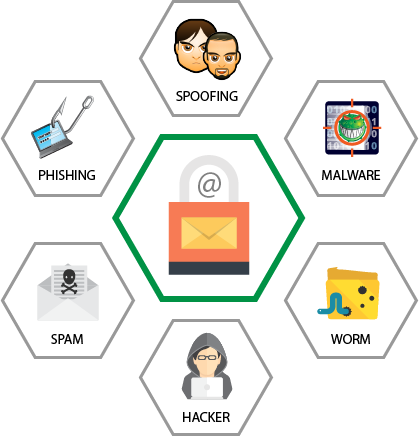Good Practices
3 E-mail Links & Attachments
Emails are a convenient way to connect with others; however they are susceptible to attacks known as malicious software, or malware. This malware (viruses, worms, Trojan horses, and other harmful programs) is unleashed when you open an unsafe attachment and it does various things to your computer such as performing actions that you do not want it to do.
Another threat or risks with emails are email links. Email links are used to take you someplace to steal your money, your identity, or do other nasty things. One of the big problems with links is that it can bypass your protective software (firewalls and security software) because you clicked on it.

- Do not click on links or attachments that you received through email if you did not specifically ask for it.
- Never accept anything offered through email
- Whenever possible, go to websites only by manually typing the address on your web browser and not through links received through email
- Be careful with email attachments
You should only open files with attachments (e.g. .jpg, .png, .pdf, .docx, .xlsx and .pptx) that you know are safe and comes from someone you know. However you should have the latest security patches so malicious types of these files can’t infect your computer.- Unless you are expecting an attachment from someone you know, don’t download or open it until you are sure – download the file and scan it with your anti-virus
- If it’s from someone you don’t know, delete the email or identify it as spam

